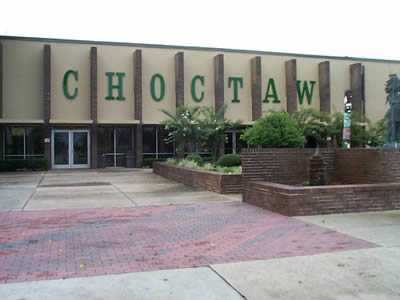Curricula Designed To Meet New Challenges In Aviation/Aerospace
Industry
 To serve the need for more broadly educated experts in the
aviation and aerospace industries, Embry-Riddle Aeronautical
University is launching its first two Ph.D. degree programs - in
Aviation and Engineering Physics. The new degrees take the
university's unique approach to education, a blend of theory and
applied research, to the highest level.
To serve the need for more broadly educated experts in the
aviation and aerospace industries, Embry-Riddle Aeronautical
University is launching its first two Ph.D. degree programs - in
Aviation and Engineering Physics. The new degrees take the
university's unique approach to education, a blend of theory and
applied research, to the highest level.
Embry-Riddle's Ph.D. in Aviation is the only one in the United
States.
Approval to offer the new doctoral programs was granted by the
university's accrediting agency, the Southern Association of
Colleges and Schools.
"This approval to offer the Ph.D. is a historic moment for
Embry-Riddle," said John P. Johnson, president of the university.
"It moves us to a new level of scholarly pursuit that will result
in a more robust research program. It also allows Embry-Riddle to
participate more fully in the national aviation and aerospace
conversation."

Embry-Riddle Campus
The Ph.D. in Aviation is designed for working professionals who
seek to enhance their contribution to the aviation and aerospace
organizations that employ them. The program combines advanced
analytical and research tools with a broad understanding of the
issues affecting the aviation industry.
Students in the Ph.D. in Aviation program will conduct research
on challenges faced by their employers, ranging from airline fuel
hedging, ticket pricing, and route scheduling to pilot training and
safety curriculums, customer services, and lean manufacturing
processes.
Courses for the Ph.D. in Aviation are offered online to enable
working professionals to pursue the degree without disrupting their
full-time work schedules. Students also complete a six-day
residency experience each year they are in the program; residencies
are offered at an Embry-Riddle campus and are designed to allow
students to interact with faculty, yet minimize the impact on their
professional schedules.
Embry-Riddle's Ph.D. in Engineering Physics builds on the
university's solid program of space research, which is funded by
NASA, the National Science Foundation, U.S. Air Force, and other
agencies. Faculty researchers probe Earth's upper atmosphere for
clues about global warming, as well as space weather events like
solar storms that can compromise satellite systems and disrupt
power grids and pipelines. Others conduct studies of spacecraft
dynamics and control, space robotics, cosmology and star formation,
quantum optics, and the physiology of space travel.
The Ph.D. in Engineering Physics blends theoretical physics with
practical engineering applications and problem-solving. It is
designed for those who wish to conduct cutting-edge research
ranging from the remote sensing of the Earth's upper atmosphere and
space weather to the engineering of spacecraft control systems and
scientific instruments.

Embry-Riddle Simulator
Students in the Ph.D. in Engineering Physics program will be
enrolled and in residence at Embry-Riddle's Daytona Beach campus
for at least two semesters per year, although internships at an
aerospace corporation or government laboratory will be allowed with
university approval and supervision by the student's research
advisor.
Graduates will work as researchers at universities and agencies
like NASA and NOAA and as educators.
The Aviation Ph.D. program starts in January 2010; the
Engineering Physics Ph.D. program begins in September 2010.
 ANN's Daily Aero-Linx (05.02.24)
ANN's Daily Aero-Linx (05.02.24) ANN's Daily Aero-Term (05.02.24): Touchdown Zone Lighting
ANN's Daily Aero-Term (05.02.24): Touchdown Zone Lighting Aero-News: Quote of the Day (05.02.24)
Aero-News: Quote of the Day (05.02.24) ANN FAQ: Contributing To Aero-TV
ANN FAQ: Contributing To Aero-TV NTSB Final Report: Cirrus Design Corp SR20
NTSB Final Report: Cirrus Design Corp SR20





